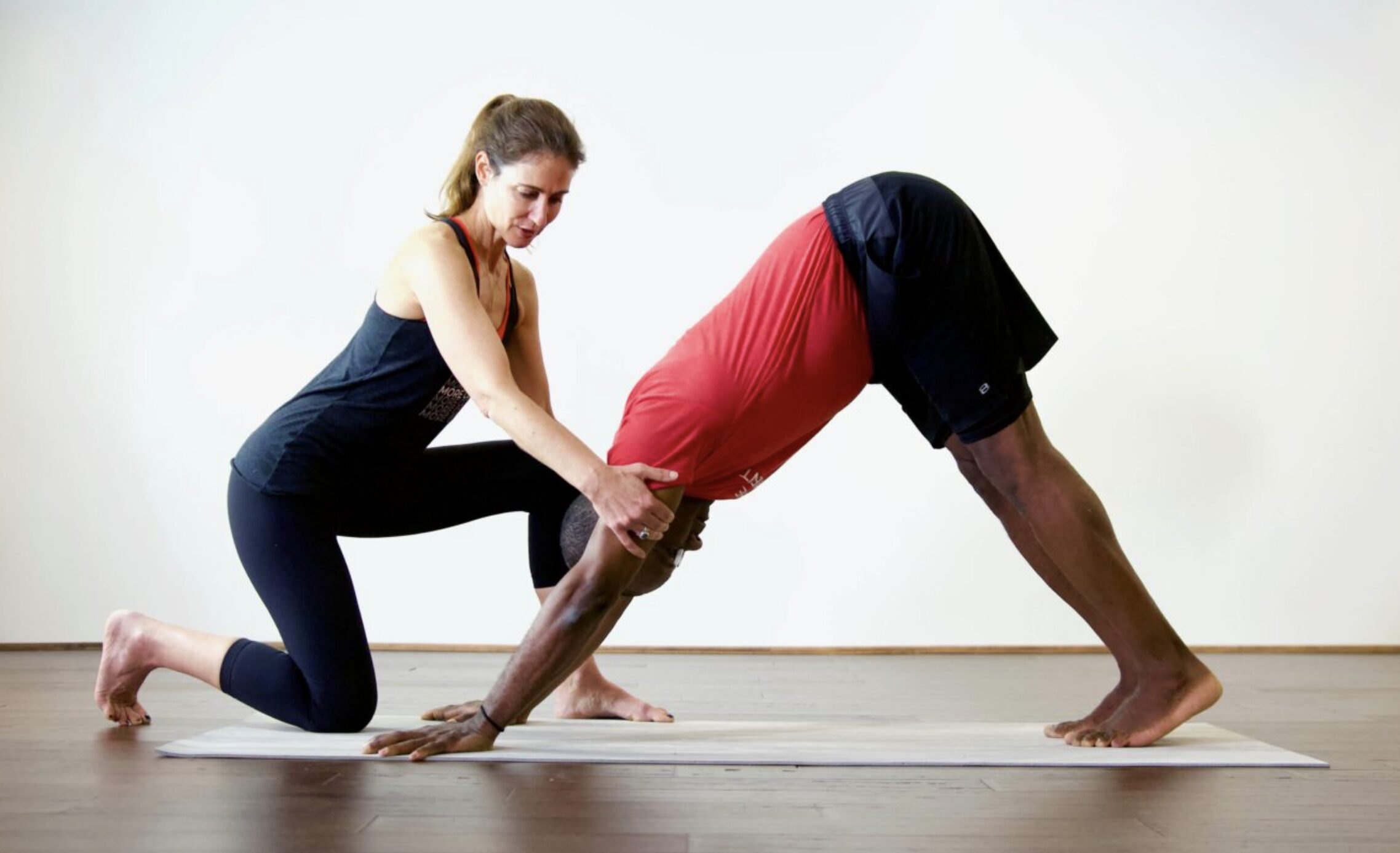
Today’s podcast is about repetitive strain injuries, also known as RSI. What are repetitive strain injuries and what can we do about them? I’ll be focusing on two of the most common repetitive strain injuries – carpal tunnel syndrome and tendonitis.
Repetitive strain injuries occur when you repeatedly do something in an imbalanced way. This produces stress that is beyond what your body can handle, and then a strain occurs, and that strain leads to an injury.
Carpal tunnel syndrome occurs when you are flexing at the wrist for a great amount of the day. The kind of activities that cause us to flex our wrists include holding a pen, holding our phone, driving our car, picking things up with our hands, and typing at a computer. When we get swelling and inflammation in the wrist area, there is nowhere for it to go. So it presses and compresses the tissue around the tendons and around the wrist joint and can also press on the vessels and nerves, causing pain, numbness, and tingling.
Options to manage carpal tunnel syndrome include:
- Sleeping with a splint at night to help keep the wrist neutral
- Stretching out the wrist
- Holding your wrists in a more neutral position as you work
- Trying different keyboards
- Improving your posture
- Weight-bearing exercises like the plank
Tendonitis occurs when the Achilles tendon is shortened over and over again. This can happen when we’re wearing shoes with high heels, running with not-so-great posture, or wearing shoes with too much cushioning.
To manage tendonitis it’s imperative to look at where the imbalance is happening at its root, and that’s usually related to posture. It could be the way you are biomechanically moving. So when you take a step, if your outer hip is weak, it’ll cause your knee to drop and put more weight on the inside of your foot. So you have to strengthen your outer hips, your glutes, and pretty much everything on the backside of the body. You also have to work on maintaining a neutral pelvis.
Prevention is better than cure! Even if you haven’t had a repetitive strain injury, consider if you doing anything from a postural standpoint that could lead to a repetitive strain injury.
Resources:
- Check out: movementbylara.com
- Instagram: @lara.heimann
- Facebook: facebook.com/movementbylara






